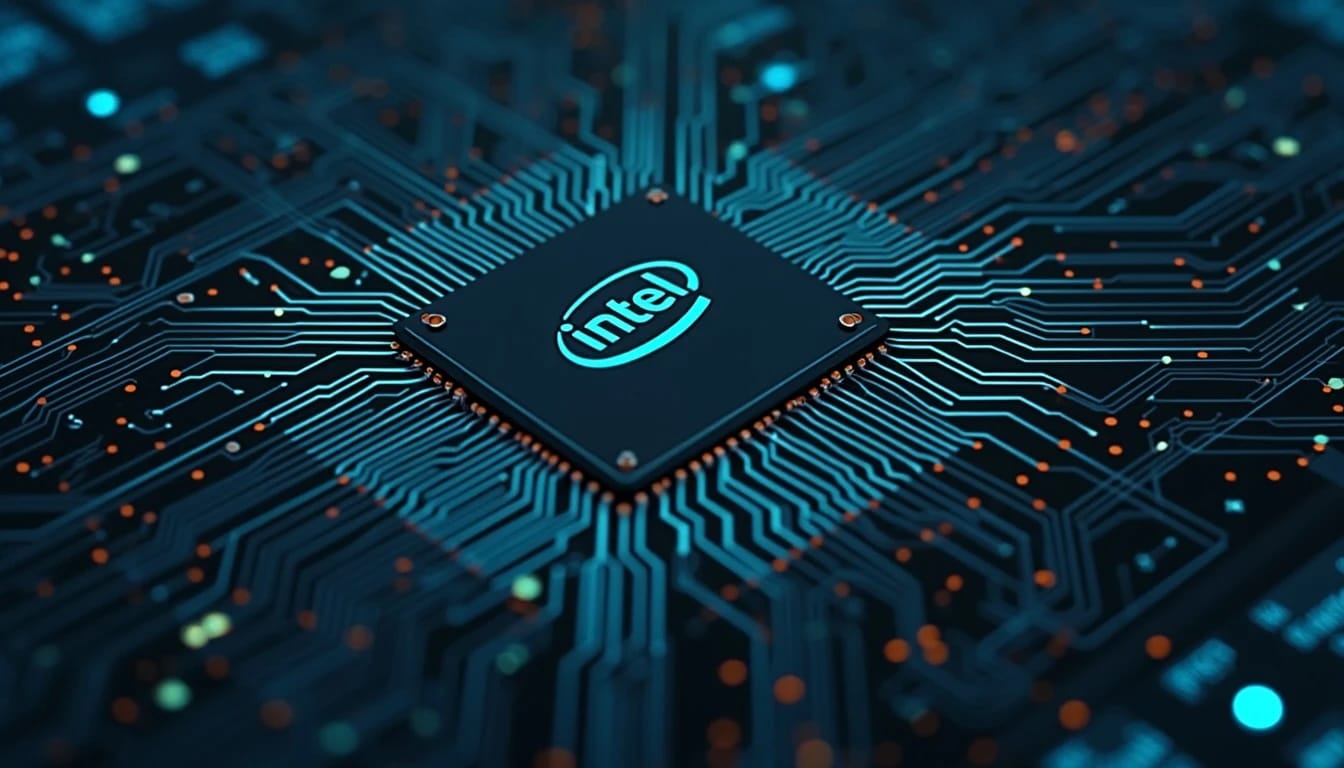The company aims to exceed 50% gross margin while strengthening its roadmap in AI and maintaining a flexible manufacturing strategy.
Intel presented its strategic vision this week at the Bank of America Global Technology Conference 2025, where Michelle Johnston Porthouse, head of product, outlined the chipmaker’s new directions under the leadership of its new CEO, Lip Bu Tan. The message was clear: Intel is preparing to regain market share, boost its presence in artificial intelligence, and return to historical profitability levels.
Artificial Intelligence as a Top Priority
With a market that has rapidly shifted toward AI-based workloads, Intel seeks to position itself as a viable alternative to NVIDIA’s dominance. Johnston confirmed that the company is developing a solid roadmap for servers, edge computing, and rack-scale architectures, as well as new products focused on inference and training.
“We are still at the beginning of an explosion in AI. It’s a trillion-dollar market, and our customers want open alternatives. Intel has the pieces: IPs, interconnects, scalability. We just need to assemble the Rubik’s cube,” she explained.
Manufacturing Flexibility and Financial Balance
Intel’s manufacturing strategy now involves a pragmatic combination of in-house factories and external foundries like TSMC and Samsung. While 70% of products are manufactured internally, that figure could change depending on profitability and the specific product. The next generation of CPUs, Nova Lake, will be produced by both Intel and TSMC to optimize costs, timelines, and performance.
Additionally, Lip Bu Tan has emphasized financial discipline. Intel will require that all products under development have the potential to exceed a 50% gross margin. “No new product is approved if it doesn’t meet that expected profitability. Engineers are not even assigned to it,” Johnston said.
Regaining Market Share in Data Centers and Enterprise PCs
The new plan aims to halt the loss of market share in data centers by 2025, starting to regain it with the launches of Clearwater Forest and Diamond Rapids in 2026. In the enterprise PC segment, where Intel remains a leader thanks to technologies like vPro, the strategy is to protect and strengthen that dominance against competition from ARM and Apple.
“When a CIO has to manage a fleet of laptops, they greatly value the ubiquity, security, and ease of management that Intel offers,” Johnston noted. “The enterprise segment is sticky: if you lose market share, it’s difficult to recover it. We are going to defend it tooth and nail.”
The Transition to Local AI and the Impact of Tariffs
Intel also sees a significant opportunity in deploying AI on local devices. With the refresh of Windows 11 and growing demand in sectors like healthcare, manufacturing, or finance, the company aims to establish itself in the edge AI space.
However, Johnston cautioned about the uncertainty caused by U.S. tariffs. Intel is running simulations with its customers and preparing to react quickly if there are regulatory changes. The company emphasizes its distributed manufacturing capability, with nodes like Intel 10, 7, and 4 operational in multiple regions.
A More Profitable Future, Though Not Immediate
Intel does not promise abrupt market share jumps or immediate margins, but asserts that the direction is clear. With a more prudent investment strategy, a roadmap in AI, and products designed for guaranteed profitability from inception, Lip Bu Tan’s team is seeking to regain the reputation and margins that characterized Intel’s golden era.
“We need to be the partner that our customers trust for their data center needs, and that is achieved with solid products, disciplined execution, and active market listening,” concluded Johnston.
via: investing

